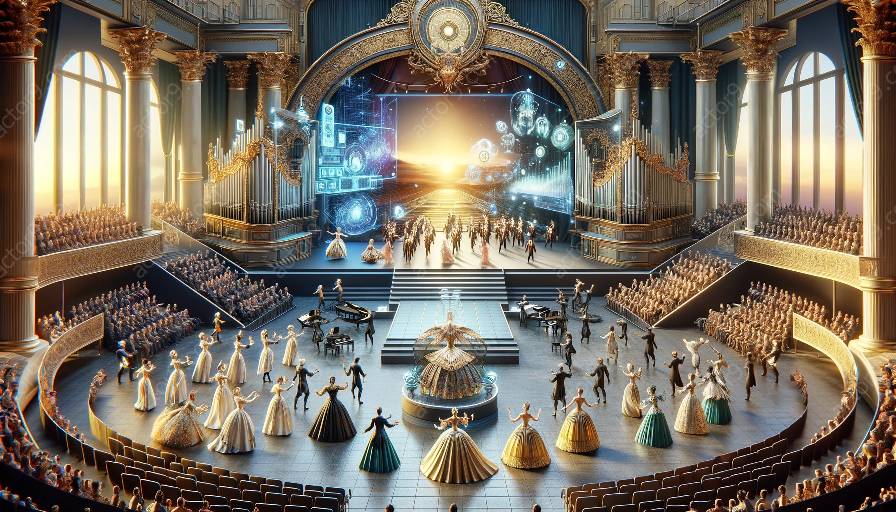Opera performances are an art form that spans centuries, and their preservation and archiving have been significantly influenced by digital media. The integration of technology has revolutionized the way opera performances are recorded, stored, and accessed, shaping the future of this timeless art. This article will delve into the impact of digital media on the preservation and archiving of opera performances, exploring the intersection of opera performance and digital media.
Preservation Through Digital Media
Digital media has played a critical role in preserving opera performances for future generations. With the advent of high-definition video recording and advanced audio capture technologies, opera performances can now be faithfully captured and stored in digital formats. This has not only enhanced the preservation of the art form but has also facilitated the dissemination of opera performances worldwide.
High-Quality Recordings
One of the key impacts of digital media on the preservation of opera performances is the ability to create high-quality recordings. Advanced cameras, microphones, and recording equipment enable opera companies to capture performances with unparalleled clarity and fidelity. This ensures that the nuances of live opera, including vocal performances, orchestral accompaniment, and visual staging, are faithfully preserved for archival purposes.
Remote Access and Distribution
Moreover, digital media has facilitated remote access and distribution of opera performances. With the proliferation of online streaming platforms and digital archives, opera enthusiasts can now access a wealth of historic and contemporary performances from the comfort of their homes. This has not only expanded the audience reach of opera but has also democratized access to the art form, making it more inclusive and accessible to a global audience.
Archiving in the Digital Age
The digital age has also transformed the way opera performances are archived and curated. Digital archiving platforms and multimedia databases have provided opera companies and cultural institutions with efficient tools to organize and preserve their repertoire of performances, ensuring that they remain accessible and well-documented for academic, archival, and artistic purposes.
Comprehensive Documentation
Through digital archiving, opera performances are meticulously documented, allowing for comprehensive indexing of repertoire, performers, conductors, directors, and production details. This level of detail not only enriches the historical record of opera but also serves as a valuable resource for scholars, researchers, and artists seeking to study and analyze the evolution of opera performance practices.
Preservation of Artistic Vision
Furthermore, digital archiving ensures the preservation of the artistic vision behind opera performances. Visual recordings, production designs, and behind-the-scenes footage captured through digital media provide a holistic view of a production, encapsulating the creative intent of the directors, set designers, and costume artists. This enables future generations to immerse themselves in the artistic heritage of opera and gain insights into the interpretive choices of renowned opera creators.
Transformative Potential
With the ongoing advancements in digital media, the transformative potential of technology in preserving and archiving opera performances continues to expand. Virtual reality, augmented reality, and immersive multimedia experiences are poised to revolutionize the archival landscape of opera, offering audiences innovative ways to engage with historical and contemporary performances.
Interactive Preservation
Interactive digital platforms and augmented reality technologies have the potential to offer interactive preservation experiences, where users can virtually navigate through opera sets, interact with digital artifacts, and gain a deeper understanding of the multi-faceted elements that contribute to opera performances. This interactive approach not only enhances preservation efforts but also fosters educational and immersive experiences for opera enthusiasts and newcomers alike.
Integrating Historical Context
Moreover, digital media allows for the seamless integration of historical context into archived opera performances. Through curated multimedia presentations, audiences can gain insights into the socio-cultural influences, historical significance, and contextual relevance of opera productions, enriching their appreciation of the art form and deepening their understanding of its enduring impact on society.
Conclusion
In conclusion, the impact of digital media on the preservation and archiving of opera performances is profound and multifaceted. From high-quality recordings and remote access to comprehensive documentation and transformative potential, technology has reshaped the landscape of opera preservation, ensuring that the legacy of this timeless art form remains vibrant and accessible in the digital age.































